 The first volume, Indestructible Truth, begins with a rather dry recitation of the principle names, dates, and trends in the history of Buddhism as it came from India to Tibet and as it developed in the latter over the past two millennia. A more lively middle section covers assumptions common to all schools of Buddhism, warmly and wittily illustrated with anecdotes from the lives of Buddhist saints as well as the author's personal and professional life. The book closes with a rushed overview of Buddhist philosophy that is often more confusing than enlightening. This is partly made up for in the second volume with more detailed explanations and examples.
The first volume, Indestructible Truth, begins with a rather dry recitation of the principle names, dates, and trends in the history of Buddhism as it came from India to Tibet and as it developed in the latter over the past two millennia. A more lively middle section covers assumptions common to all schools of Buddhism, warmly and wittily illustrated with anecdotes from the lives of Buddhist saints as well as the author's personal and professional life. The book closes with a rushed overview of Buddhist philosophy that is often more confusing than enlightening. This is partly made up for in the second volume with more detailed explanations and examples. Secrets of the Vajra World is much heavier reading than the first, if only because Ray has a wider canvas, including the minutiae of Mahamudra and Dzokchen, the two primary schools of Tibetan meditation. The volume concludes with chapters on the lives of tulkus, the reincarnated Buddhist masters, and a riveting recounting of the miraculous passing of one such master (the 16th Karmapa) in an American hospital.
Secrets of the Vajra World is much heavier reading than the first, if only because Ray has a wider canvas, including the minutiae of Mahamudra and Dzokchen, the two primary schools of Tibetan meditation. The volume concludes with chapters on the lives of tulkus, the reincarnated Buddhist masters, and a riveting recounting of the miraculous passing of one such master (the 16th Karmapa) in an American hospital.Despite the title of the second volume, very few "secrets" are revealed. Besides being a well-read scholar, Ray is also a committed Buddhist and meditation instructor unwilling to disclose tantric methods. Unfortunately, he also seems unwilling to challenge assumptions. To his credit, Ray acknowledges the difficulties western practitioners and students have with ideas such as reincarnation, the worship of deities, the guru-student relationship, karma and free will. He often provides alternate conceptualizations, such as the Six Realms of Existence (in the Wheel of Life) as psychological states, but never once makes clear that he accepts anything bu the orthodox teaching.
Read these books to know what has come before. To see where Buddhism is headed, including Tibetan Buddhism in North America, you might like to sample the three volumes of Shambala Sun's series, Best Buddhist Writing, or have a look at Stephen Batchelor's Buddhism Without Beliefs.
#





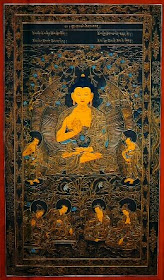
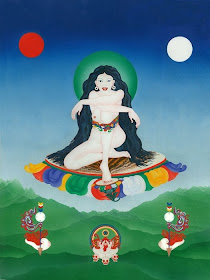
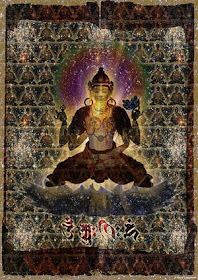





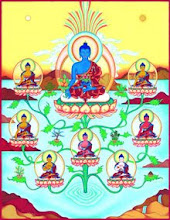



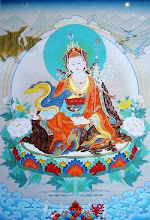




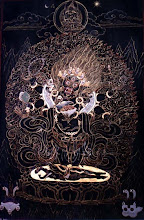
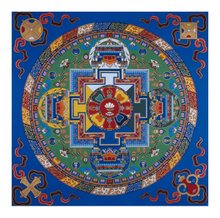


0 comments:
Post a Comment